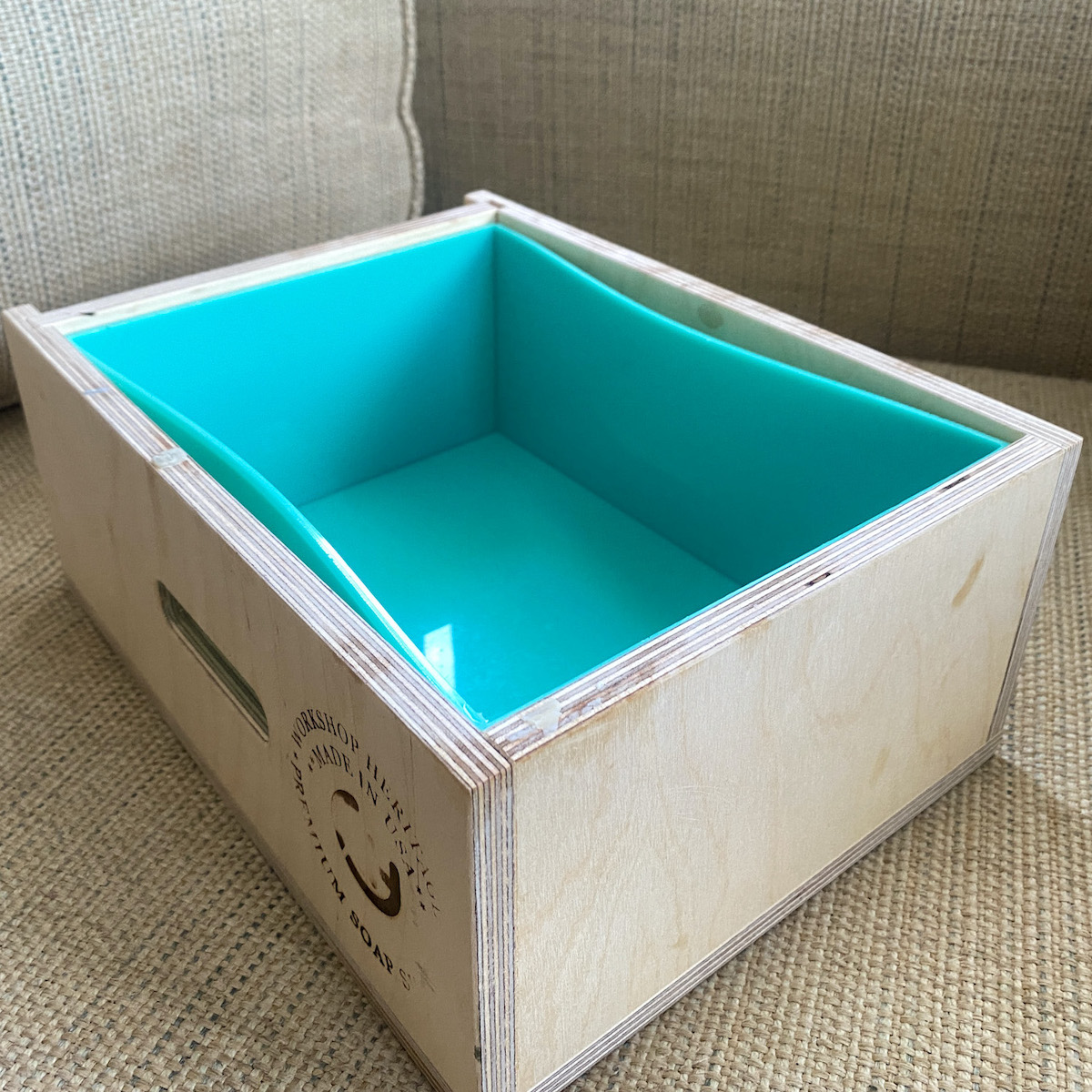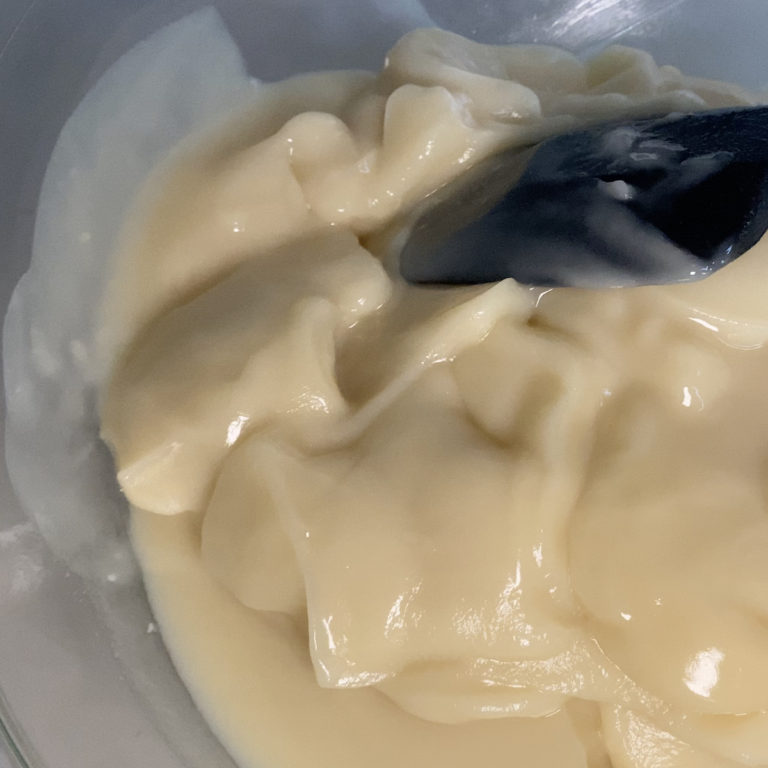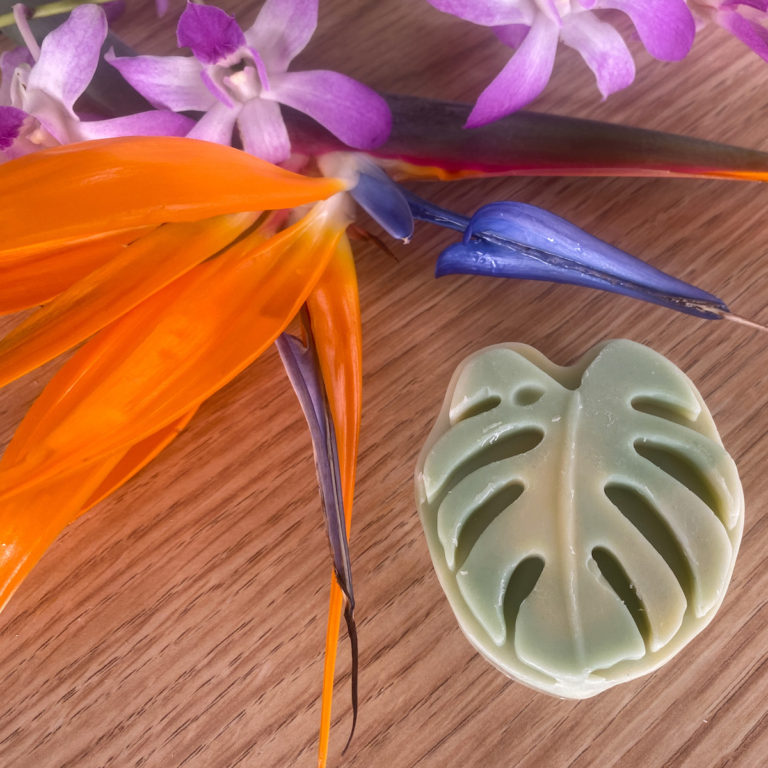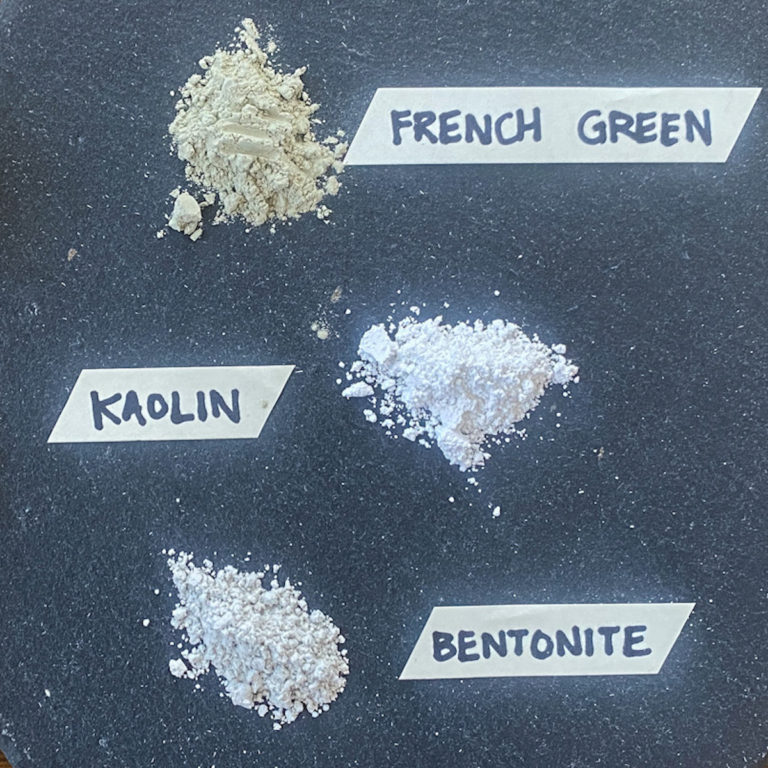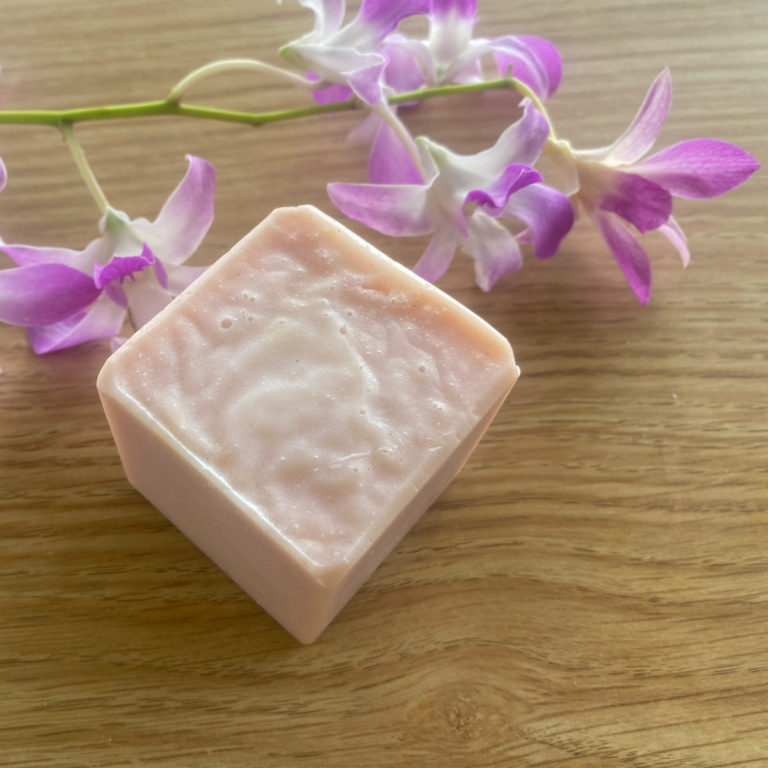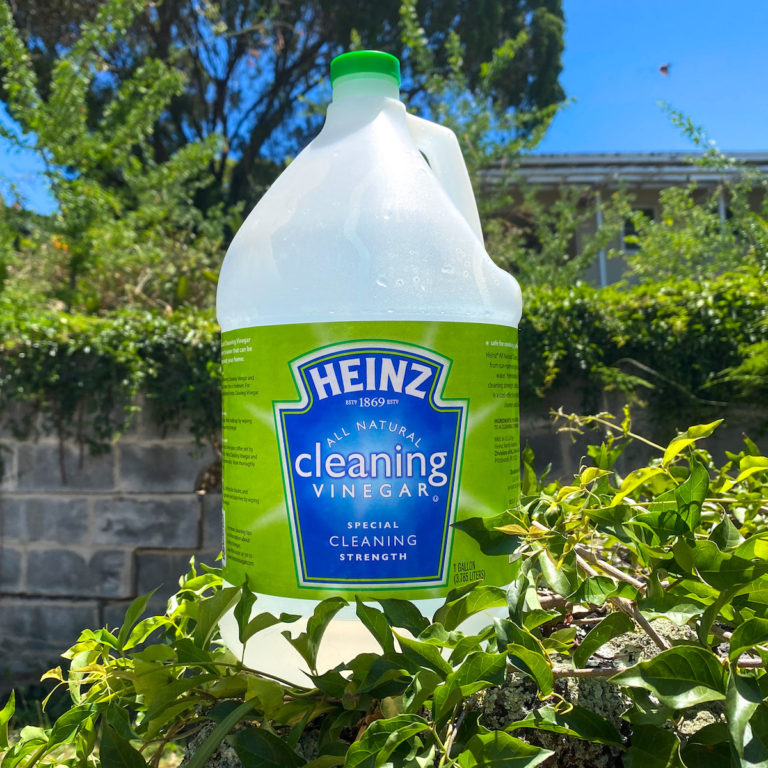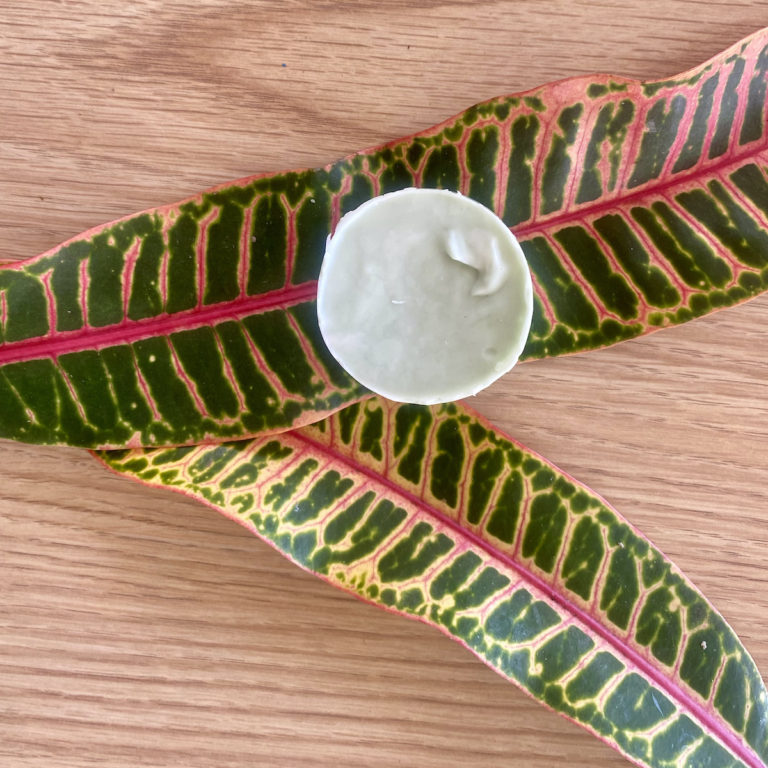How To Line A Soap Mold & What To Use
Knowing how to line a soap mold is a skill every soaper using a wood mold must be at least half-decent at.
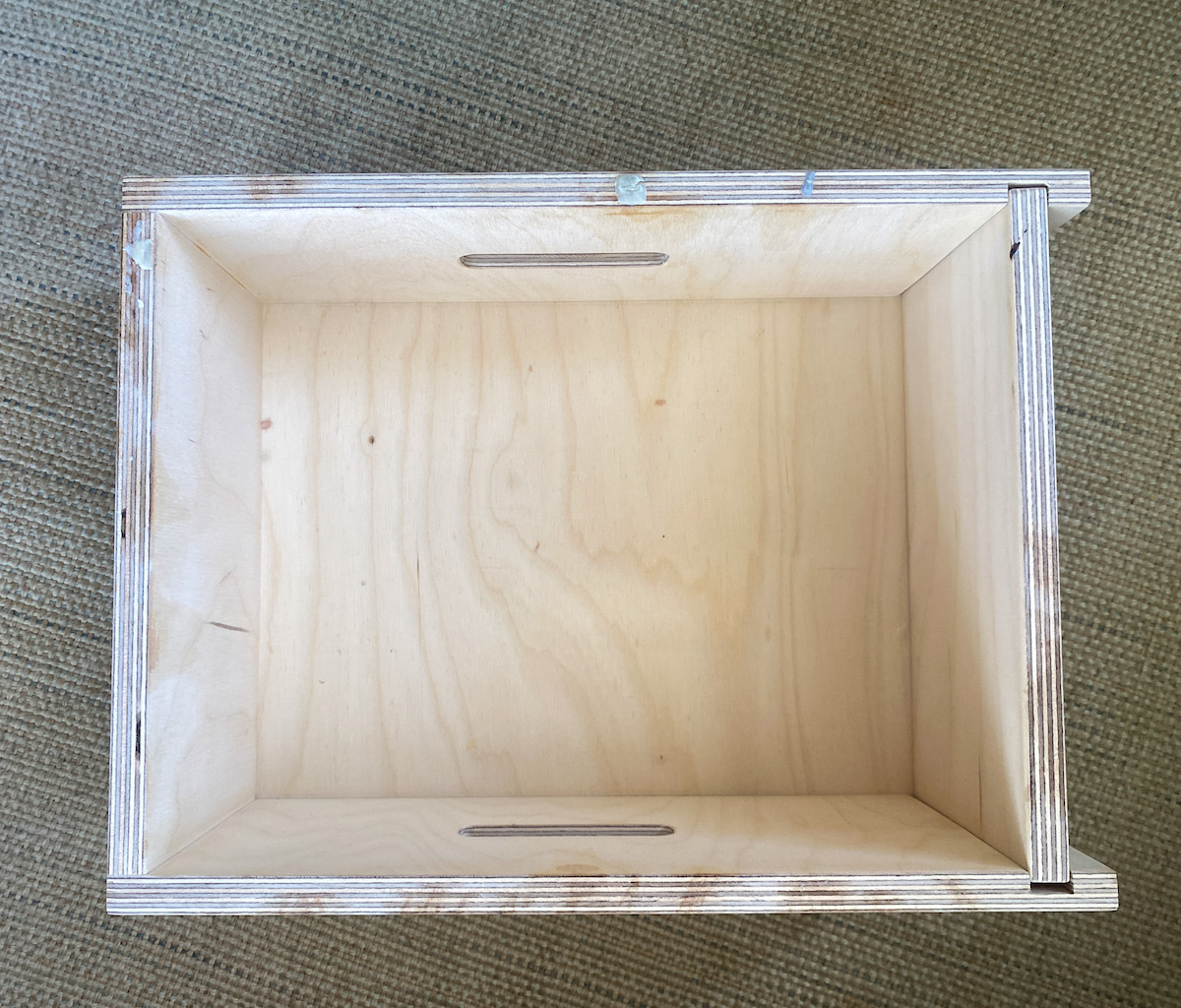
You basically need to create an easy-to-remove barrier between your soap and your mold, and make sure it won’t leak or make your soap super ugly (if that’s important to you).
There are a variety of options to consider, each with their own set of pros and cons.
Using Parchment Paper To Line Soap Mold
1. Effectiveness
The soaping community appears to be split on whether or not parchment paper or freezer paper is better. Some find parchment paper ineffective, and some find that it’s their favorite liner.
There’s no clear consensus on this one.
2. Affordability
I’d say it’s fairly affordable
3. Ease of Use
I personally don’t find paper particularly easy to use. It’s not hard per se, but I’m not at all good at it, nor do I find it enjoyable.
Maybe it’s the way I approached it. I mostly use a silicone liner now, but when I was using paper, in an effort to avoid cutting off end pieces from the loaf, I would try to line it perfectly with straight creases that go right up to the corners of the mold, hoping every single bar would be close to uniform in shape.
Perhaps a more patient soaper would do better? Or one that was willing to cut off end pieces (it was really that simple a solution, huh?).
4. Ease of Sourcing
Parchment paper is not as easy to find as other similar kitchen items like foil and plastic wrap, but chances are you can find it in your town, and you can definitely find it online.
5. Environmental Impact
This one is hard to say. Parchment papers are coated to make them non-stick. What they’re coated with varies by maker. We know at least some are coated in silicone, and I believe this is what soapers who use parchment paper are getting the best results with. Here’s a discussion from a baking forum where the 4 different grades of parchment paper and their various coatings are discussed.
This has low environmental impact if you use the same paper over and over, but that can be hard because paper tends to rip or absorb oils from its edges. Tossing the paper after a single use isn’t as ideal.
6. How It Affects Soap Appearance
Parchment paper, perhaps due to it’s thinness, wrinkles and creases quite a bit, which affects the sides and bottom of soap bars..
Using Freezer Paper To Line Soap Mold
1. Effectiveness
As long as you’re using the right side of the freezer paper (plastic/shiny side facing the soap’s surface), it’s pretty effective. It doesn’t peel off of soap as easily as a silicone mold will, so it’s not my favorite-favorite.
2. Affordability
Similar to parchment paper, freezer paper is fairly affordable.
3. Ease of Use
Similar to parchment paper, I don’t find freezer paper easy to use. I have a hard time folding the paper straight, and there’s some measuring involved. Not the easiest thing to do, but not really “hard” either.
4. Ease of Sourcing
Also similar to parchment paper, freezer paper isn’t as common as other kitchen wraps, but you can find it somewhere in your town I’m sure, or online.
5. Environmental Impact
Freezer paper has a plastic coating on one side. This is what makes it effective as freezer paper. Juices from your food are contained within the paper because of that thin layer of plastic.
If you use the same paper over and over, its no big deal. But oils from soap batter tend to separate the layers and cause warping of the paper and plastic at the edges, which makes it not the easiest thing to reuse. Not ideal if you’re producing a lot of soap and constantly tossing this plastic coated paper out.
6. How It Affects Soap Appearance
Freezer paper is less prone to wrinkling and creasing.
I found that the bottom of soap loves would often tend to be a little rounded due to the freezer paper. I learned to like it (one less sharp edge to deal with).
How To Use Parchment or Freezer Paper To Line Soap Mold (2 Different Techniques)
With paper liners, some people are just good at using it and others aren’t. Some find the process of preparing their mold by lining with paper tolerable, even relaxing maybe. Other’s can’t stand it. Know who you are before you go investing into bulk rolls of paper for soaping.
I’m sure technique and skill play into how much people can stand it or not. So, master the techniques if you can.
TECHNIQUE: Triangle folds
TECHNIQUE: End Caps
Using A Silicone Mold Liner
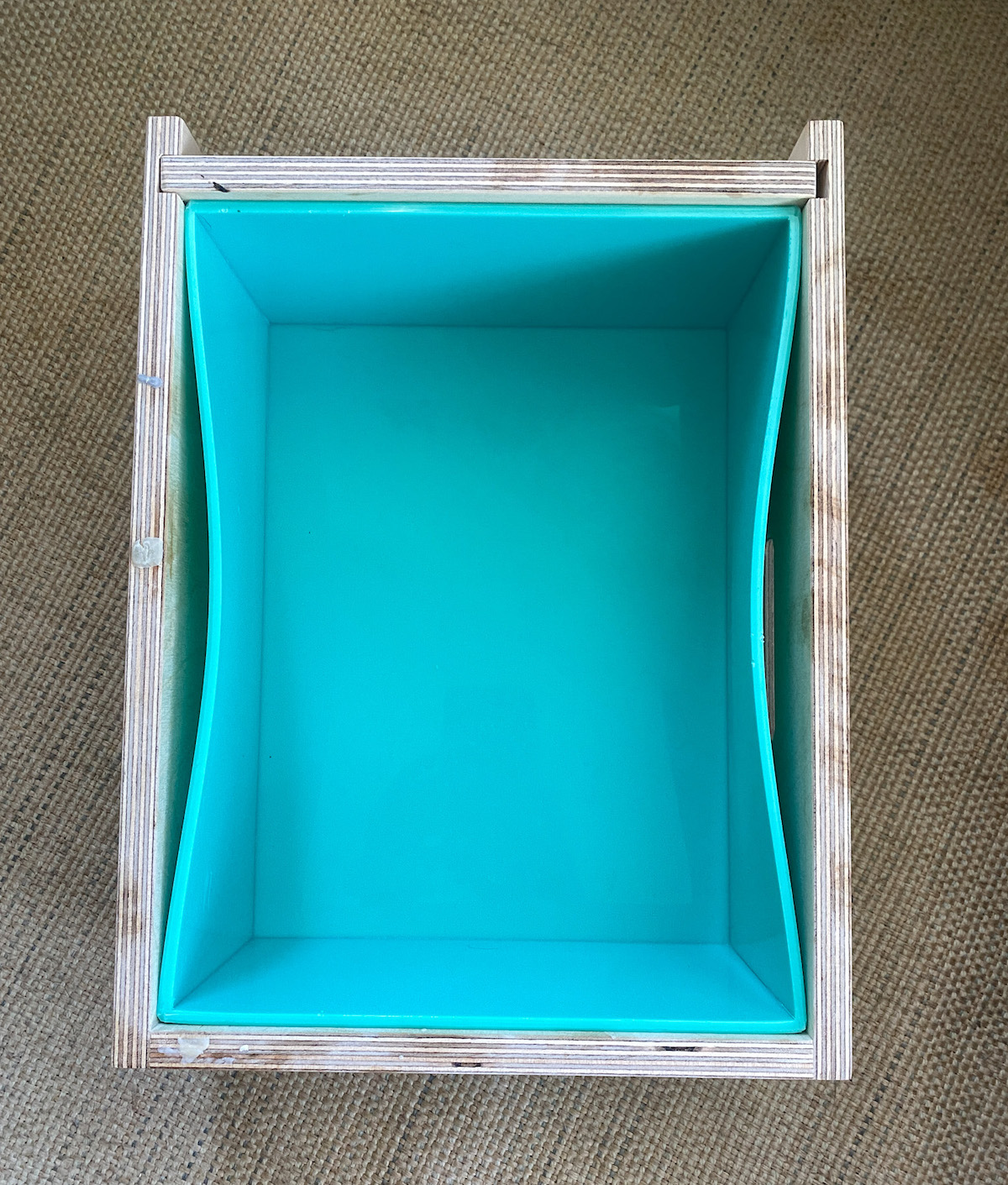
1. Effectiveness
Very effective
2. Affordability
A good quality liner is expensive. You can try using cheaper ones, but they often tend to rip and you’ll need to replace them. This is one of those purchases where you get what you pay for.
3. Ease of Use
Using silicone liners is the easiest thing ever. 10 out of 10 stars here.
4. Ease of Sourcing
Silicone liners are not the easiest to source. Your liner needs to fit your mold exactly. This means you can:
- buy the mold and the liner together as a set so you know they fit
- buy your mold and liner from the same soap mold specialist company (they will often have different size molds so make sure you select the right size for each)
- find someone to create a custom liner for you based on your soap mold dimensions
Your best bet is to look online for these.
5. Environmental Impact
Silicone is not the most environmentally friendly, but the good thing about it is that you can use it time and time again. It will eventually need to be replaced, but if you treat your liner well and invest in a good quality one, it will last soooo long.
6. How It Affects Soap Appearance
Soap pretty much comes out looking perfect.
TECHNIQUE:
Just pop your silicone liner into your wooden mold and you’re good to go.
Be careful when you wash and store liners after soaping. You want to be gentle so as not to rip it. You also want to avoid draping the liner over anything odd shaped, as it can lead to odd-shaped soap!
Using A Plastic Bag To Line Soap Mold
Think garbage bags for big slab molds, or waste basket liners for loaves. You cut off the sealed end and slit down the side to get yourself a flat rectangle that you cut to size, and then use to line your mold.
1. Effectiveness
Pretty good. My understanding is it’s rare to have a leak when lining with plastic bags
2. Affordability
Garbage bags and waste basket liners are a very low-cost option
3. Ease of Use
Really easy. It’s quicker than dealing with paper, too.
4. Ease of Sourcing
So, so easy. Plastic bags are everywhere.
5. Environmental Impact
So far all my comments above on this have been awesome. This is the section plastic bags rate poorly in, and I don’t need to go into a lot of detail. You already know.
Of all the options on this list, this one is the worst when it comes to environmental impact, unless you can manage to reuse the same piece of plastic over and over.
The smaller your mold, I believe the worse the impact is because each time you use a piece of plastic, it needs to be larger than your mold to cover the sides and not allow soap batter leakage. You get more plastic bang-for-your-buck if using a larger mold like a slab mold.
6. How It Affects Soap Appearance
There will be some folds and wrinkles in the bag because it’s gathering up in the corners and also because its a very thin material. You might leave your soaps with the marks because they add character, or you might choose to plane them off and share or sell the scraps left behind.
TECHNIQUE
Using Oil Cloth To Line Soap Mold
Oil cloth is a fabric that has a coating on one side making it non-stick and waterproof. You’ll have to cut it to size to use it to line your soap mold.
1. Effectiveness
Very effective. Peels away from soap nicely.
2. Affordability
Since a piece of oil cloth big enough to cover your mold is a one-time investment (that you may have to replace if it ever does wear out), this is a very affordable option.
It may stain depending on the colorants you use in your soap, but doesnt affect its ability and doesn’t stain future batches of soap.
Washable in washing machine or sink or wipe it off.
NOTE: don’t purchase flannel-backed tablecloths that companies may try to pass off as oilcloth. They’re not nearly as durable and it’s not what you’re looking for.
3. Ease of Use
Pretty damn easy. You will have to spend some time cleaning your oil cloth, which is similar to a silicone mold. This is something you don’t have to mess with when using paper that ends up just getting tossed after one use.
4. Ease of Sourcing
You can easily find this online and it should be available at most fabric stores (but call before driving over to be sure).
5. Environmental Impact
Since you can use this cloth over and over again, you’re not creating a lot of waste at all. Yet nothing lasts forever, and there may come a time when you need to toss one oilcloth and replace it with another.
Traditional oil cloth is made with natural fiber fabric + linseed oil. It’s more expensive than modern oil cloths which are cheaper but coated in who-knows-what, this is the most environmentally responsible option on the whole list.
6. How It Affects Soap Appearance
The fabric may leave a slight texture on the surface of the soap. You can plane it off, or you may find that you like it and it makes your soap look more interesting and opt to keep it.
TECHNIQUE VIDEO (LAYERING CLOTHS):
With this technique, you’ll want to bring your soap to a thick trace to prevent leaking in the corners.
TECHNIQUE VIDEO (SINGLE PIECE):
Other Possible Lining Materials
Can you use regular paper? Wax paper? Butcher paper? While I haven’t personally tested any of these myself I did a lot of research about mold lining (because like I mentioned, I hate it) so I know that the answer to those questions is a resounding NO.
If you want to rebel and try it anyway, you’d use one of the two techniques shared under the “How To Use Parchment or Freezer Paper To Line Soap Mold” section above.
How To Line A Soap Mold & What To Use – Wrapping Things Up
You have many options to choose from when it comes to lining soap molds. Unfortunately, none of them are perfect.
Consider the pros and cons of each option and how they fit into the soaping vision you have for yourself, your work station, your production scale, etc.

